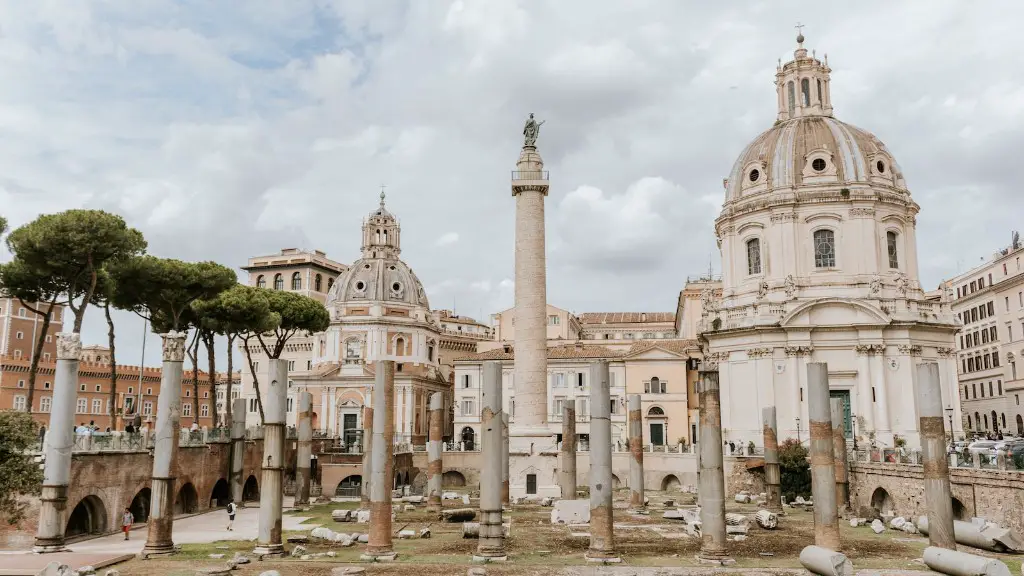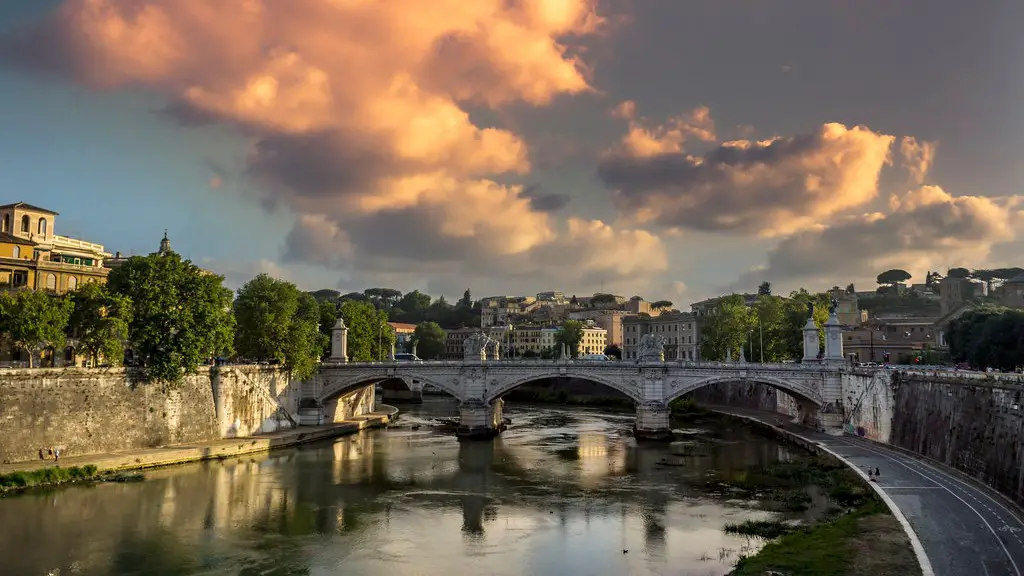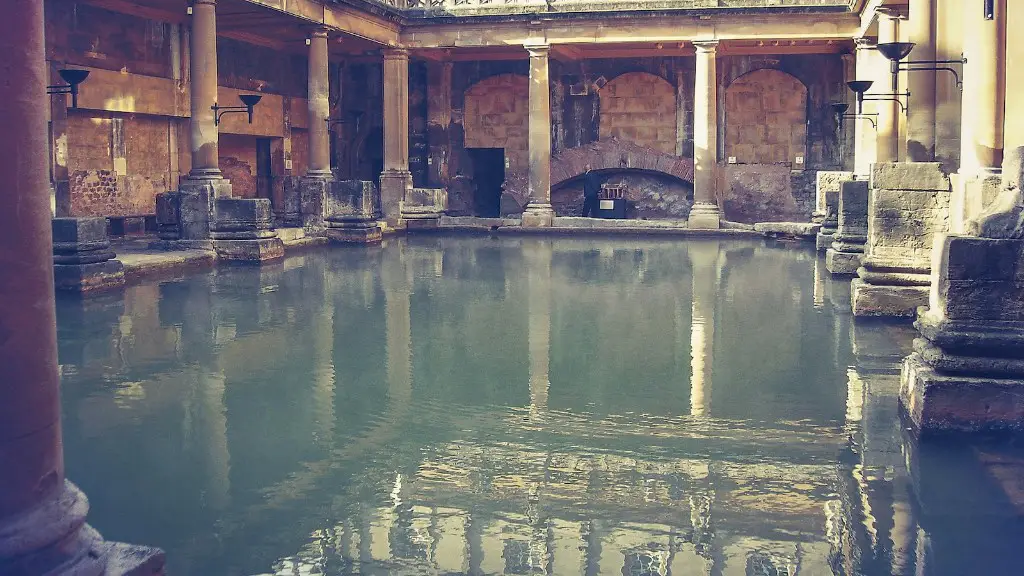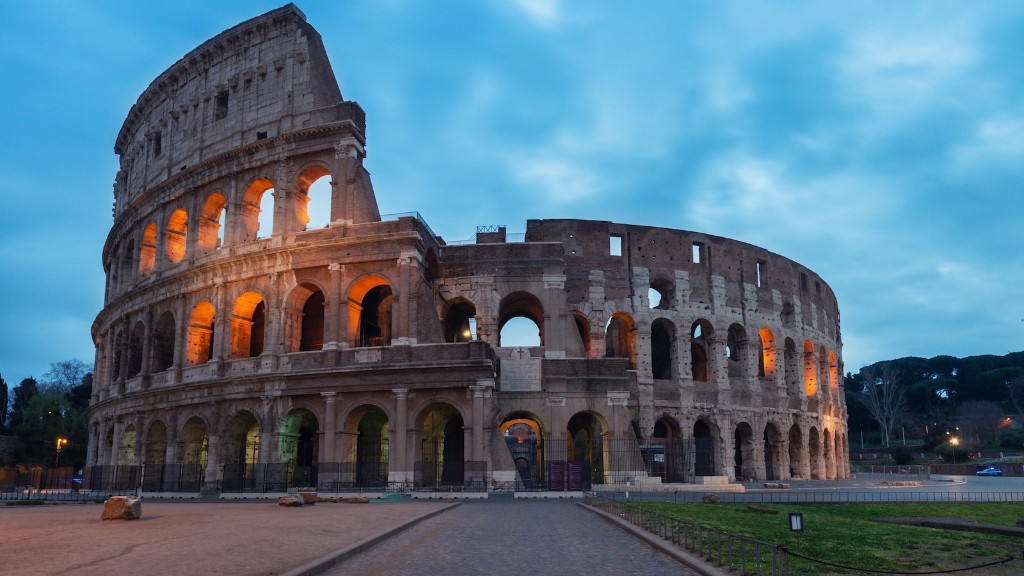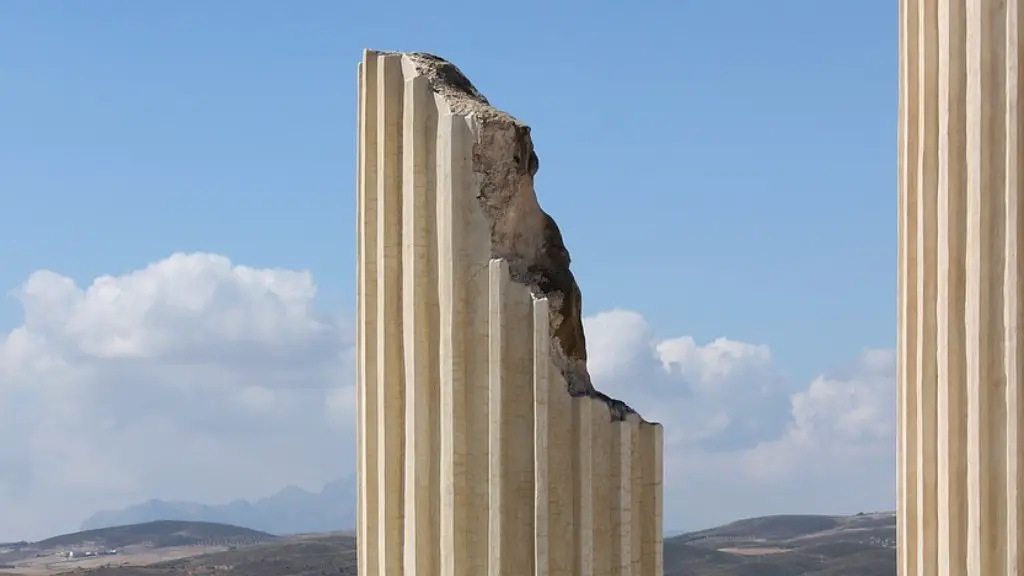Introduction
Chariot racing was one of the most popular forms of entertainment in Ancient Rome. It was an adrenaline-filled sport that was enjoyed by people of all social classes. Chariot racing used expensive horses and was often associated with bouts of gambling and betting. The chariot races were held in an enclosed hippodrome and had a separate area for the Roman aristocracy. In this article, we will explore the reasons why chariot racing was so popular in Ancient Rome and the fascinating culture behind it.
History and Origins
Chariot racing has its roots in Ancient Greece, and it was believed to have been a precursor to the modern Olympic Games. In Rome, the sport gained prominence during the time of Julius Caesar and continued to be popular until the fall of the Roman Empire. It is believed that the first chariot races were held in the Circus Maximus, which was the largest stadium in Ancient Rome. The race was divided into 12 laps covering a total distance of 7 miles.
Formats of Racing
There were different formats of chariot racing that varied according to the type of chariot used. The four-horse chariots or quadrigae were the most popular and were used most commonly in the Circus Maximus. The other type of chariot used was the two-horse chariot or bigae. This was considered to be a more prestigious race as it required more skill and expertise to handle. The four-horse chariots were also used in other formats of racing such as the seven-horse chariot, which had seven horses instead of four.
The chariots had to be driven in a precise and skillful way in order to make successful turns and avoid collisions. The racers had to use their ingenuity to find ways to outsmart their opponents. One of the strategies used was the ‘swerve-tack.’ This tactic involved the racer taking an early turn to get ahead of their opponents. The skill set of the charioteer was of great importance in chariot racing and was an element that the spectators looked forward to.
Spectator Engagement
The spectators at the chariot races enjoyed the high-octane action and the possibilities of betting. The races attracted thousands of spectators of all social classes and became a way for people to have a sense of community and excitement during their time in Ancient Rome. The chariot races provided an outlet for the Romans to express their collective enthusiasm and feel connected to their city.
Regulations
Chariot racing was highly regulated. There were strict rules and regulations set in place to ensure the safety of the horses and drivers. Every chariot racer was required to be proficient in handling the reins and whip and possess an adequate knowledge of the track and terrain. The Roman Senate had also put in place a ban on gambling, but this did not stop the people from placing bets and awaiting the results of the races.
Romans’ Fondness of Chariot Racing
Chariot racing allowed the Romans to know their weaknesses and strengths. The competitive nature of the race helped the Romans to develop their athletic and navigational skills. It was a way for the Romans to bond and share the thrill and excitement of the races. The races also allowed the people to test the abilities of their horses and the skill of the riders.
Scandals Involved
Chariot racing, like any other sport, was not immune to scandals. There were many instances of brawls and political tensions between the officials and charioteers. There were rumors of bribery, fixing of races and cheating that was difficult to prove. Despite the many scandals, chariot racing still remained a popular pastime in Ancient Rome.
Luxury and Glamour
Chariot racing was seen as a glamorous sport and was often associated with luxury and the upper class. It was a source of entertainment for the Roman aristocracy and provided a way for them to showcase their wealth and status. The chariot races also brought in money for the Roman government and the cities as the people placed bets and gambled on the races.
Impact of Chariot Racing on Entertainment
Chariot racing was one of the main forms of entertainment in Ancient Rome and was an integral part of Roman culture. It provided an outlet for the citizens to express their enthusiasm and excitement and feel connected to their city. The sport’s impact can be still seen today in racing events such as Formula 1 and NASCAR.
Significance of Chariot Racing to Ancient Roman Society
Chariot racing had a huge impact on Ancient Roman society. It provided a way for the Romans to unwind and escape from the stresses of day-to-day life. It was a way for them to showcase their wealth and status and enjoy the thrill of the races. It was also an opportunity for the people of Rome to come together and share an experience, regardless of their social status.
Trade and Employment Impact
The chariot races provided employment for many people, including owners of horses, charioteers, horse trainers and grooms. The chariots were expensive and had to be maintained on a regular basis, thus the chariot races provided jobs for many people. It also created a market for the sale of horses and chariots as it was a popular form of entertainment and transportation.
Long Term Effects
The chariot races were a spectacle in Ancient Rome and provided a break from the hustle and bustle of day-to-day life. They were a way for the Roman citizens to come together, regardless of their social status, and bond over the thrill of the race. Despite the many scandals, chariot racing still remained a popular pastime in Ancient Rome. This can still be seen today in the many great races that take place around the world.
Rituals and Celebrations
Chariot racing was a sacred ritual for the Ancient Romans and was a symbol of power and glory. The charioteer was seen as a hero, and a number of ceremonies and rituals were performed in his honor. The Roman people celebrated the chariot races as a way to show their allegiance to the sport and their commitment to the city.
Symbolic Representation
The chariot races provided an important symbol of unity for the people of Ancient Rome. It was a way for them to come together and celebrate their culture and heritage. The chariot races also provided a platform for the Romans to demonstrate their strength and courage and showed that they could be successful in the face of adversity.
Conclusion
Chariot racing was a way for the Ancient Romans to come together, regardless of their social status, and bond over the thrill of the race. It was one of the most popular forms of entertainment and provided a way for the Romans to express their enthusiasm and be a part of a greater community. Chariot racing was a symbol of power and glory and provided an important platform for the Roman people to demonstrate their strength and courage.
